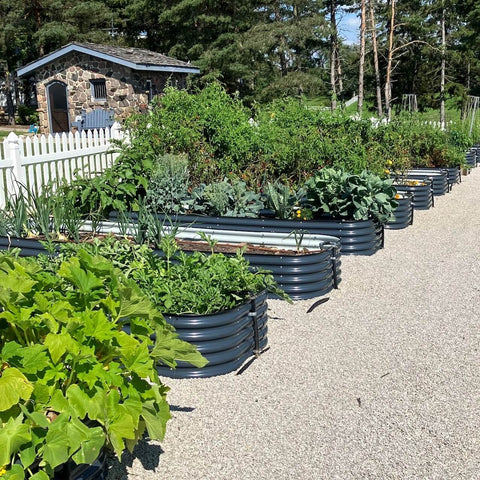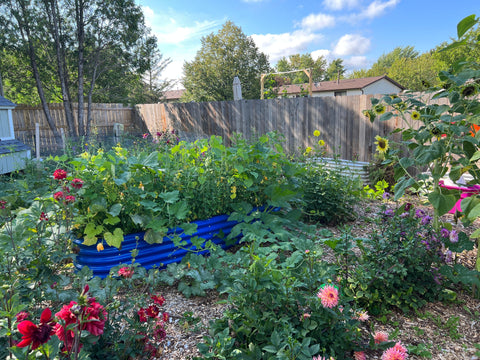Knowledge from Olle Garden Bed: The Versatile Dandelion
As seemingly cheerful and innocuous as the lowly dandelion may appear, it holds a paradoxical position as one of America's most reviled plants, even within garden beds. People resort to extreme measures to eradicate them, from uprooting them by their relentless taproots to dousing them with toxic chemicals, all in the name of maintaining a pristine lawn and garden beds.
Curiously, dandelions are neither toxic nor harmful, and they don't possess thorns or damaging qualities. Their cardinal sin seems to be their prolific reproductive capacity.
The extent to which we use gallons of harmful chemicals to eliminate dandelions from our lawns seems disproportionate to their perceived menace.
Although they established themselves wherever European settlers went, these opportunistic herbs weren't always despised. By 1672, they had taken root across New England. However, the European settlers also brought with them a passion for impeccable grass lawns, which led to a fervent campaign against the cheerful dandelion invader in the 1800s.

Contrary to their bad reputation, dandelions are a nutritious, tasty, and beneficial herb, treasured by modern herbalists. Their roots are rich in inulin, while the leaves boast abundant calcium, vitamins A and K, carotene, and minerals like calcium, potassium, phosphorus, and magnesium – making them among the most nutrient-dense greens available. Even the flowers are valuable, containing lutein, beta-carotene, and flavonoids.
Especially popular lately is inulin, a prebiotic aiding the growth of beneficial gut bacteria.
Dandelion leaves serve as diuretics, helping flush out water and sodium, thereby reducing bloating, regulating blood sugar, and preventing kidney stones. Every part of the plant is anti-inflammatory and packed with beneficial compounds like saponins, flavonoids, and sesquiterpenes.
In essence, dandelions are nutritional powerhouses, brimming with health-enhancing properties.
A Multitude of Uses
Dandelions present a myriad of uses, both medicinal and culinary. Here are some ways to harness their potential:
Aperitif: Create a floral liqueur by infusing dandelion flowers with honey, lemon peel, and vodka.
Candied Buds: Turn closed dandelion buds into sweet, candied delights.
Capers: Utilize young buds as a flavorful and nutritious substitute for capers.
Coffee Substitute: Roast dandelion roots for a coffee-like brew.
Cooked Greens: Incorporate dandelion leaves into various dishes as you would other greens.
Dried Leaves and Flowers: Dry leaves and flowers for tea or culinary uses.
Fresh Flowers: Sprinkle vibrant dandelion petals on various dishes.
Fresh Greens: Substitute dandelion greens for bitter lettuce varieties in salads and more.
Fried Buds or Flowers: Batter and fry dandelion buds or flowers for a unique treat.

Green Juice: Create a nutrient-packed green juice using dandelion leaves.
Infusion: Make a dandelion-infused oil for its anti-inflammatory properties.
Roasted Roots: Roast dandelion roots as a simple and nutritious snack.
Tea: Craft a variety of teas from dandelion roots, leaves, and flowers.
Tincture: Produce your own dandelion tincture using all parts of the plant.
Vinegar: Infuse distilled vinegar with dandelion leaves or flowers for a flavorful condiment.
From culinary delights to herbal remedies, dandelions offer an astonishing range of uses. The plant's long history of utilization – from preventing freckles in ancient Greece to treating inflammation in traditional Chinese medicine – attests to its enduring value.
Embracing Dandelions
While dandelions may be detested by some, their utility is being rediscovered. Many are now reluctant to use chemicals or extensive efforts to banish them from their gardens. Some even appreciate the nutritional and culinary potential of these vibrant plants, harvesting them from their own yards.
It's important to note that chemical herbicides and pesticides can contaminate the plants and render them unfit for consumption. Before using any part of dandelions, ensure a chemical-free environment.
As society shifts towards more sustainable and holistic approaches, dandelions may indeed experience a renaissance, heralding their return as a valuable addition to both the garden and the dining table.
